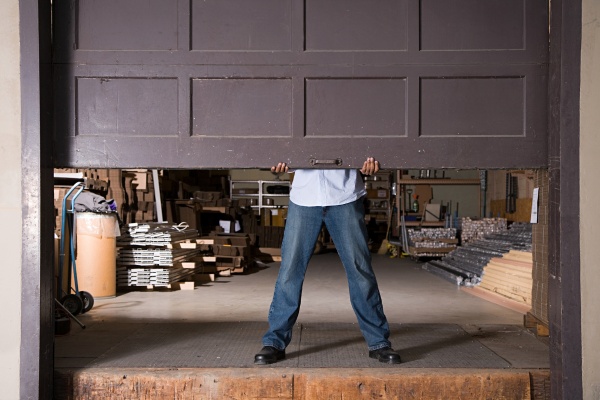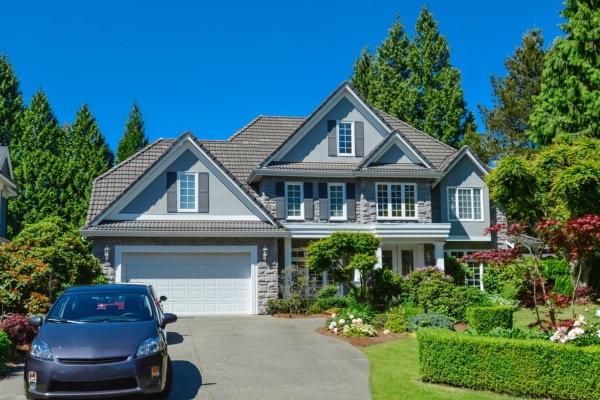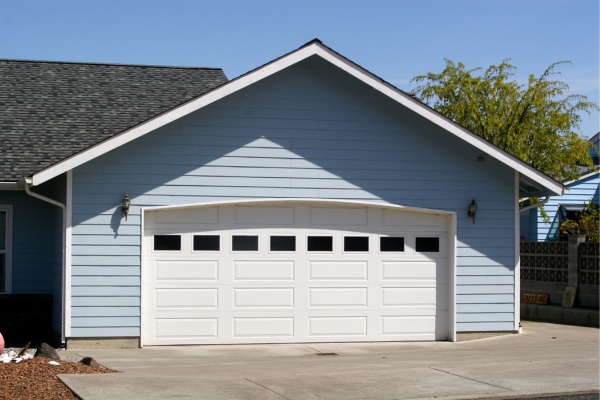Maintaining your garage door is crucial for keeping your home safe, energy-efficient, and functional year-round—especially in Northwest Edmonton, where weather conditions can be harsh and unpredictable. Understanding how to properly care for your garage door through each season will save you time, money, and stress while ensuring the door endures Edmonton’s climate challenges effectively. This comprehensive guide offers practical, weather-specific maintenance tips tailored to the needs of homeowners in this region.
Understanding Northwest Edmonton's Weather and Its Impact on Garage Doors
Northwest Edmonton experiences a diverse climate with cold, snowy winters, wet springs, warm summers, and chilly falls. These seasonal changes directly affect the durability and performance of garage doors, demanding specialized care to prevent premature wear.
The extreme cold in winter causes metal components to contract and become brittle, increasing the risk of spring breakage or cable snapping. Snow accumulation and ice formation can jam door tracks or damage weather stripping. During summer, heat and humidity may cause wooden doors to warp or metal parts to expand, impacting alignment and smooth operation.
Garage doors in Edmonton must therefore withstand temperature fluctuations, moisture, and debris while maintaining their structural integrity and insulation properties. Homeowners should use weather-appropriate materials and implement a routine maintenance plan that addresses these environmental effects to maximize garage door longevity.
Essential Garage Door Maintenance Tips for Every Season
Winter Maintenance Tips
Winter in Edmonton presents unique challenges such as freezing temperatures, ice buildup, and increased humidity that can lead to rust and operational difficulties.
- Insulate Your Garage Door: Adding proper insulation helps maintain indoor temperatures and reduces condensation that can cause rust inside metal door panels. Check and Replace Weatherstripping: Ensure seals around the door are intact to prevent drafts, water seepage, and heat loss. Replace cracked or damaged strips promptly. Prevent Rust and Corrosion: Apply rust-resistant lubricants to metal rollers, hinges, and springs before the cold sets in to protect against moisture damage. Clear Snow and Ice: Regularly remove snow from around your garage door and de-ice tracks using non-corrosive products to avoid jams and mechanical failure.
Following these winterizing steps will prevent costly repairs and keep your door operating smoothly through Edmonton’s icy months.
Summer Maintenance Tips
In summer, high temperatures and humidity affect your garage door differently but are equally impactful.
- Lubricate Moving Parts: Heat can dry out lubricants, so reapply lubricants to rollers, hinges, springs, and bearings to reduce friction and wear. Inspect Door Panels: Examine wooden garage doors for signs of warping or cracking caused by heat exposure and moisture fluctuations. Test Door Balance and Alignment: Warped panels or expanded metal parts can throw off door balance. Adjust as needed to ensure smooth opening and closing.
Taking these summer precautions helps your garage door resist heat damage and maintain operational efficiency.
Annual and Seasonal Checks
Beyond seasonal tasks, conduct a thorough inspection at least twice a year to catch minor problems before they escalate.
- Examine Springs and Cables: Look for rust, wear, or signs of fraying. Test Auto-Reverse Safety Features: Ensure safety sensors work properly to prevent accidents. Inspect Tracks and Rollers: Clean debris and confirm that everything is aligned correctly. Schedule Professional Inspections: A technician can identify issues invisible to the untrained eye and perform essential tune-ups.
Regular preventive maintenance is key to extending the lifespan of your garage door in Edmonton’s challenging climate.
Key Components of Garage Doors and Their Care
Garage Door Springs
Springs are critical for counterbalancing the door’s weight, enabling smooth operation.
- Torsion Springs: Located above the door, these springs bear significant tension. Check for rust or cracks. Extension Springs: Positioned along the sides, they stretch when the door opens. Watch for broken coils or uneven wear. Spring Tension: Proper tension is vital to prevent strain on the opener motor and avoid dangerous snapping incidents. Never attempt to adjust springs yourself without expertise.
Routine lubrication and timely replacement of worn springs help maintain balanced door operation.


Cables and Rollers
Cables and rollers support the door’s movement on tracks.
- Cable Fraying: Inspect cables for frayed strands or corrosion. Damaged cables should be replaced immediately as they pose safety risks. Roller Maintenance: Rollers need to spin freely. Lubricate with silicone spray and replace any that are cracked or noisy. Roller Replacement: Nylon rollers tend to be quieter and require less maintenance than steel ones, ideal for Edmonton’s conditions.
Proper care of these components prevents jerky motion and extends the overall hardware lifespan.
Tracks and Alignment
Tracks guide the garage door's movement and must be clean and properly aligned.
- Track Repair: Remove any dirt, rust, or debris from tracks to avoid obstructions. Alignment Check: Misaligned tracks can cause uneven wear or door sticking. Gently tap bent tracks back into place or hire a pro if needed. Emergency Repairs: If the door derails or jammed, don’t force it open; call a professional to avoid further damage.
Well-maintained tracks ensure smooth and safe door operation even in challenging weather.
Professional Inspection vs. DIY Maintenance: What You Should Know
While many homeowners enjoy performing basic garage door upkeep, certain tasks require professional attention due to safety concerns and technical complexity.
- Benefits of Professional Service: Licensed technicians have the tools and experience to safely adjust high-tension springs, calibrate sensors, and identify hidden damage. DIY Tips: Simple tasks like lubricating, cleaning, and visual inspections can be done safely by homeowners. Safety Sensors: Testing and troubleshooting automatic reverse systems demand specialized knowledge to comply with safety standards.
Balancing DIY enthusiasm with timely professional https://sites.google.com/view/garage-door-castle-downs-ab inspections ensures your garage door remains reliable without compromising safety.
Common Problems and Solutions
Troubleshooting Garage Door Issues
Understanding common problems helps you act swiftly before minor faults worsen.
- Opener Repair: If the door opener struggles, check batteries in remotes, reset the system, or clear obstructions in sensors. Remote Programming: Consult the manual to reprogram remotes after battery replacement or interference issues. Sensor Alignment: Misaligned safety sensors can cause the door to stop or reverse unexpectedly. Realign the sensors so the LED indicators show green.
Early detection and prompt troubleshooting reduce downtime and maintain convenience for your household.
Conclusion: Keeping Your Garage Door in Top Shape Year-Round
To preserve your garage door’s functionality and appearance amid Northwest Edmonton’s demanding climate, regular seasonal maintenance and component care are essential. From insulating and weatherproofing in winter to lubrication and balancing in summer, each step protects your investment and enhances safety.

Don’t underestimate the importance of professional inspections to complement your DIY efforts, especially for complex repairs involving springs and safety systems. By committing to a proactive maintenance routine, you’ll enjoy a durable, efficient, and secure garage door that stands up to Edmonton’s weather challenges year after year.
Start today by creating a simple maintenance checklist tailored to each season, and consult local experts when needed to ensure optimal performance and peace of mind. Your garage door is more than just an entry—it’s a vital part of your home’s comfort and security. Take care of it wisely.